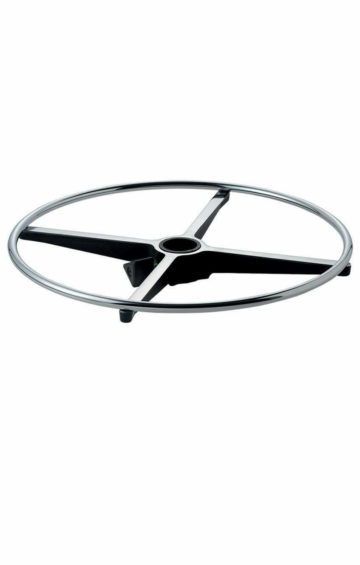Sitting Incorrectly
Verspannungen, Kopfschmerzen, krummer Büro-Rücken – falsches Sitzen macht krank. Schreibtischarbeit verursacht Verspannungen und Schmerzen, wenn die Körperhaltung nicht stimmt. Falsches Sitzen stresst die Bandscheiben. Doch worauf kommt es an – und was kann man beim Sitzen überhaupt alles falsch machen?
Die größten Sitz-Sünden
Falsch eingestellte, alte Bürostühle oder Schreibtische können im Büroalltag ein Horror sein. Zu den Hauptursachen für eine Krankschreibung wegen Rückenschmerzen gehören ein nicht ergonomisch eingerichteter Arbeitsplatz und falsches Sitzen. Die Fehler beim Sitzen lassen sich aber korrigieren, wenn man sie kennt. So ist beispielsweise das Sitzen mit gekreuzten Beinen die Sitzsünde Nummer eins. Beim Sitzen mit übereinandergeschlagenen Beinen kann das Blut nicht gut zirkulieren. Außerdem werden die Nerven, Sehnen und Bänder gequetscht. Ein Taubheitsgefühl kann sich einstellen, die Beine und Füße fühlen sich „eingeschlafen“ an. Und eine mögliche Beckenschiefstellung wird gefördert.
Die Telefon-Klemme ist ein weiteres Beispiel für falsches Sitzen. Wer den Telefonhörer zwischen Ohr und Schulter klemmt und weiter auf der Tastatur tippt, sitzt falsch und muss sich über einen verspannten Nacken nicht wundern. Das Telefon besser laut stellen oder eine Freisprechanlage installieren. Doch auch mit einen nicht ergonomischen Bürostuhl ist falsches Sitzen vorprogrammiert. Wer nur auf der Stuhlkante sitzt und den Rücken rund buckelt, braucht über Beschwerden im Kreuz nicht überrascht zu sein. Ein Rundrücken belastet die Bandscheiben und schränkt die Atmung ein. Doch auch eine falsche Armposition kann zu Schmerzen im Schulter-Nacken-Bereich führen. Eine Ursache hierfür ist die ungünstige Haltung der Arme und Handgelenke, die bei der Schreibtischarbeit angehoben und abgewinkelt werden.
Besser: Arbeitsplatz ergonomisch einrichten
Die Tastatur sollte so vor dem Bildschirm liegen, dass die Hände nicht nach oben abgeknickt werden. Optimal ist es, wenn vor der Tastatur noch 15 bis 20 Zentimeter Platz für die Hände bleiben. Handballenauflagen entlasten die Schultern und den Nacken beim Tippen. Wenn die Arme beim Telefonieren oder Lesen locker auf den Armlehnen aufliegen, können sich Schultern und Nacken ebenso entspannen. Auch Fußstützen können hilfreich sein und beispielsweise für kleinere Personen den Höhenunterschied zum Fußboden ausgleichen, falls sich der Tisch nicht justieren lässt. Zugleich entlasten Fußstützen die Beinmuskulatur und den Rücken. Doch auch die Rückenlehne im Bereich der Beckenoberkante sollte gut stützen. Die Sitzvorderkante befindet sich optimalerweise auf Höhe der Kniekehle. Beim Zurücklehnen sollte aber ein bisschen Luft bleiben, so dass noch etwa zwei Finger zwischen Sitz und Kniekehle passen.
Richtig Sitzen
Falsches Sitzen lässt sich aber mit dem richtigen Bürostuhl und der richtigen Sitzhaltung korrigieren: Einfach die Füße auf den Boden stellen und das Becken leicht noch vorn kippen. Ober- und Unterschenkel sollten dabei einen rechten Winkel bilden. Optimalerweise ist die Brustwirbelsäule beim Sitzen aufgerichtet und das Becken leicht nach vorn gekippt, damit die Wirbelsäule in ihre physiologische S-Krümmung kommt. Empfehlenswert ist ein ergonomischer Bürostuhl mit einer dynamischen Sitzfläche und Rückenlehne, der eine aufrechte Haltung unterstützt, die Rückenmuskulatur stärkt und den Körper beim Sitzen in die Bewegung zwingt. Arbeitsstühle mit der Funktion „dynamisches Sitzen“ sind heute eine Möglichkeit, um die Gesundheit des Rückens zu fördern und Rückenbeschwerden langfristig vorzubeugen.
UNSERE KUNDEN
























